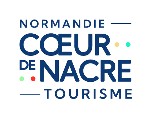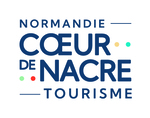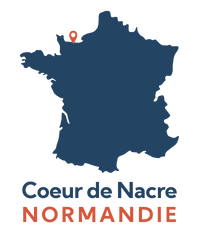Juno Beach is one of the 5 beaches chosen for the D-Day landings on 6 June 1944.
In Normandy, Juno Beach is this 9 km long area was given to Canadian and British troops.
Today, as we stroll along the sector of Juno Beach, we can’t help but think of the thousands of soldiers who left their mark in the sand, and whose memory continues to inspire respect and admiration at D-Day.
In order not to arouse German suspicion, each sector was given a code name :
Omaha, Utah, Sword, Gold and Juno.
The latter should have been called ‘Jellyfish‘ but this proposal did not meet with unanimous approval !
Juno, the name of a lieutenant colonel’s wife, was therefore chosen.
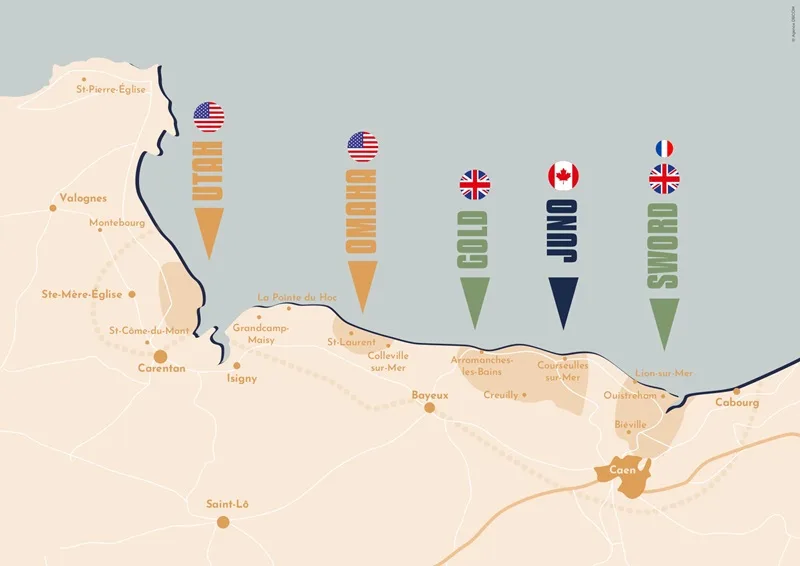
In this section, you will find a lot of information to help you prepare your stay in Cœur de Nacre, and to discover the Juno Beach sector.
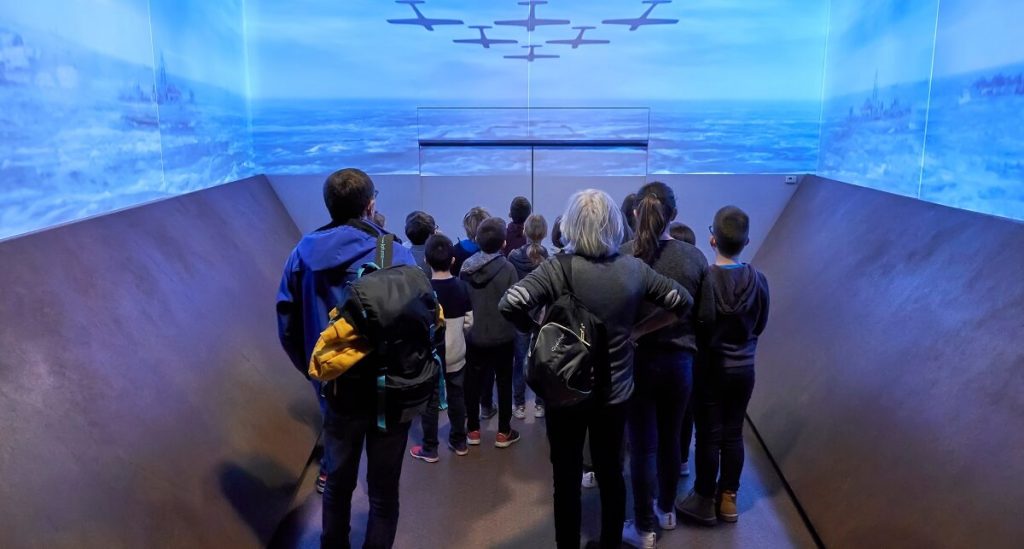
Juno Beach, the canadian sector
The Normandy landing on June 6, 1944, was the most complex military operation ever orchestrated.
That morning, of the 135 000 Allies who landed or parachuted into Normandy, 14 000 were Canadians, making Canada the third largest contributor of troops after the United States and Britain.
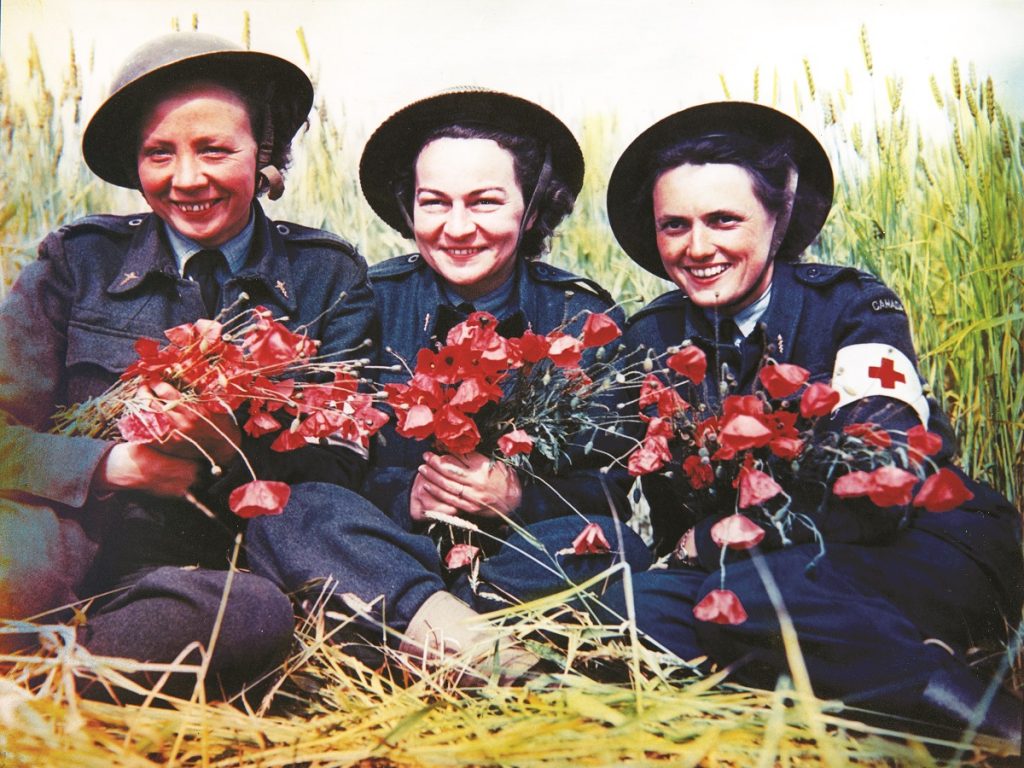
Witnesses of the past…
Testimonies of soldiers and civilians.
Some landed on Juno Beach at dawn on June 6, 1944.
Others lived on the Côte de Nacre and had been waiting for the Allies for many months.
They share their memories of D-Day.
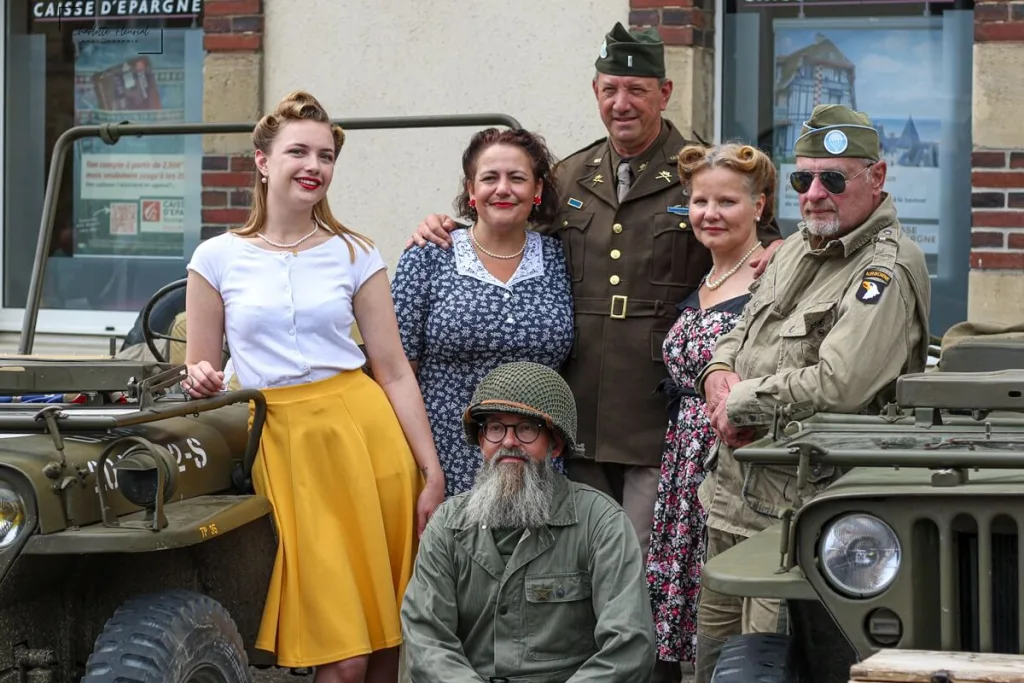
Events and commemorations on Juno Beach sector
Every year in June, the Normans pay tribute to the liberators.
In addition to the commemorative ceremonies organised in the various communes, two flagship events pay tribute to the liberators :
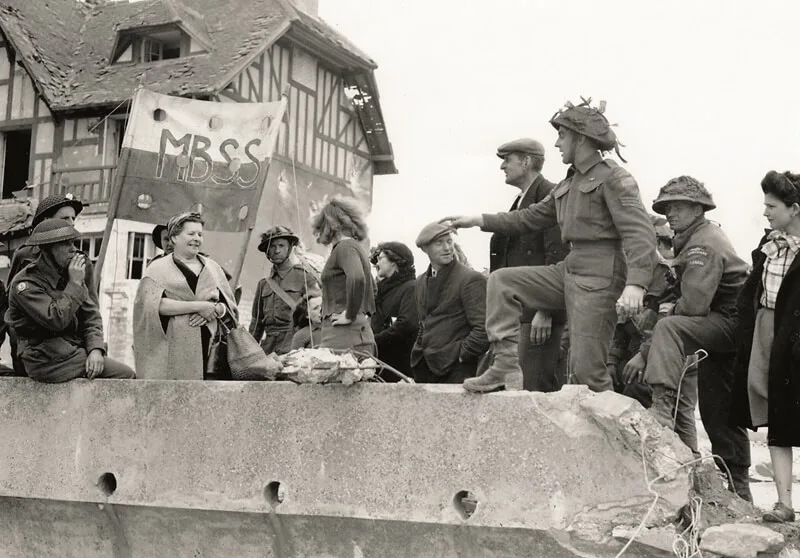
Educational exhibition – 6 June witnesses
Civilians and soldiers, their stories in 1944.
Their names are Léonard, Thomas or Françoise, they are Canadian, British or French, soldiers or civilians and they were present in June 1944 on our Normandy beaches.
They tell us what they experienced and reveal the images that have remained in their memory forever… the fear, the anxiety, the noise, the bloody battle, the arrival of the Canadian soldiers with their funny accent and finally the joy of being liberated.
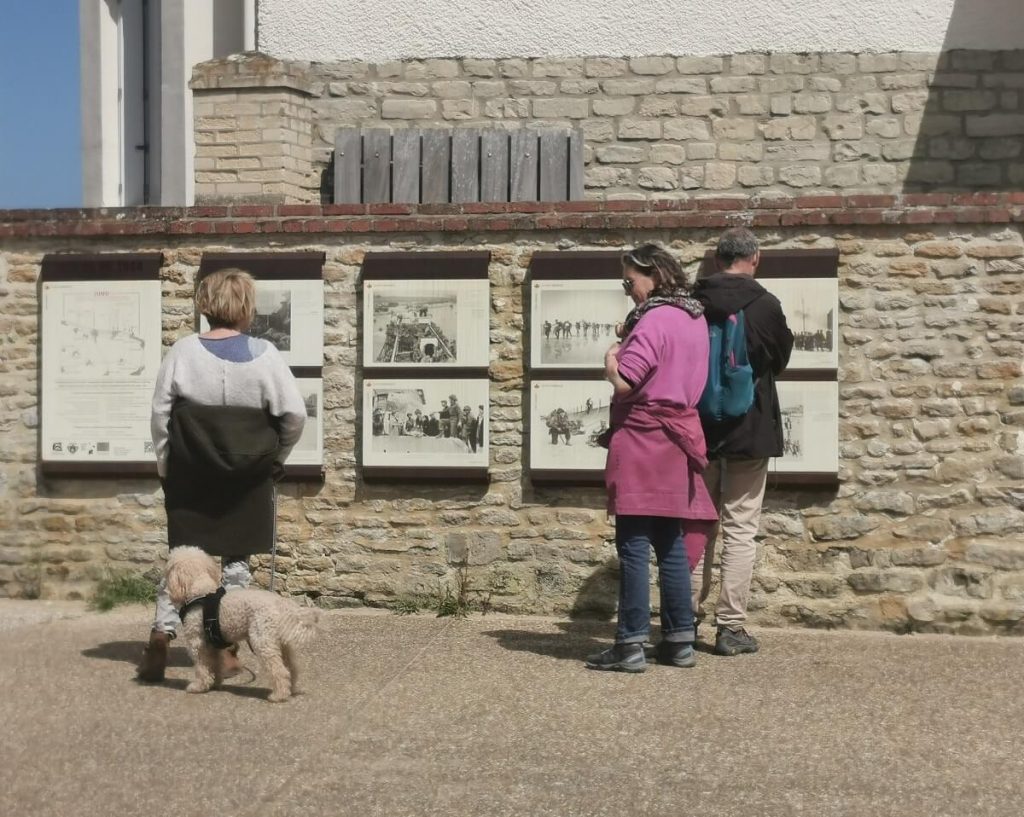
D-DAY web applications
Are you visiting the D-Day landing beaches ?
Through 3 free web applications and dozens of audio testimonies, archive images and videos, dive into this historic battle called D-Day.
Are you interested in the history of 6 June 1944 ?
In addition to the many sites and museums in the Battle of Normandy area, we have selected 3 web applications for you to discover on your smartphone or tablet :
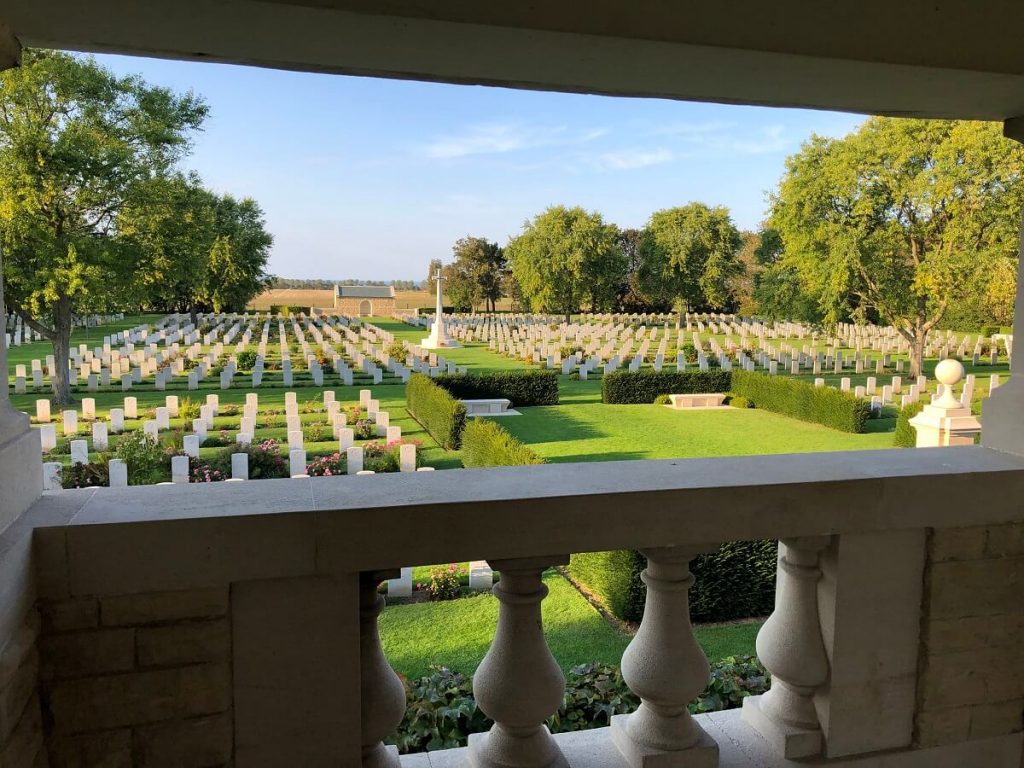
The Canadian Remembrance Route
Memorial sites in honour of Canadian soldiers.
From the trenches of the First World War to the Dieppe Raid to the D-Day landings of June 6, 1944.
The Route of Remembrance pays tribute, through the memorial sites it reaches, to the 500,000 Canadian soldiers who fought to restore Freedom to the French people on two occasions during the 20th century.
Visit the D-Day landing beaches with a guide
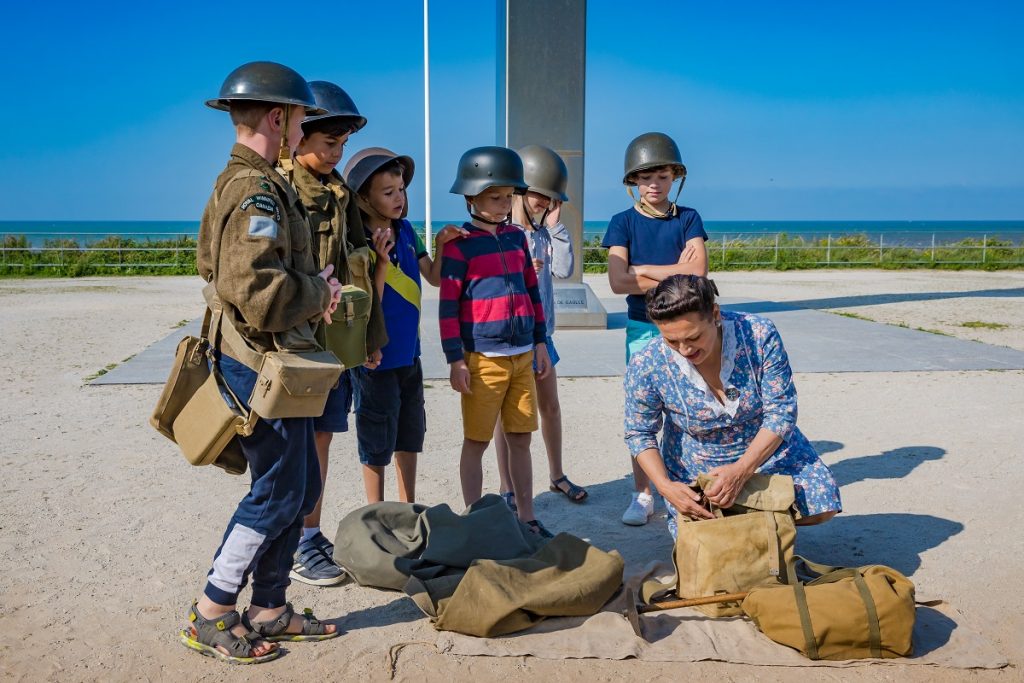
Credit : Sabina Lorkin
Their names are Estelle, Corine and Lena, and all they want to do is share the history of D-Day with you.
During the holidays or at the weekend, follow in the footsteps of these soldiers who sacrificed everything in the name of freedom.
For a day or half-day, choose the made-to-measure option and relive the events of Operation Overlord on Juno Beach, Gold, Sword, Omaha and Utah.
Visit the D-Day landing beaches on your own
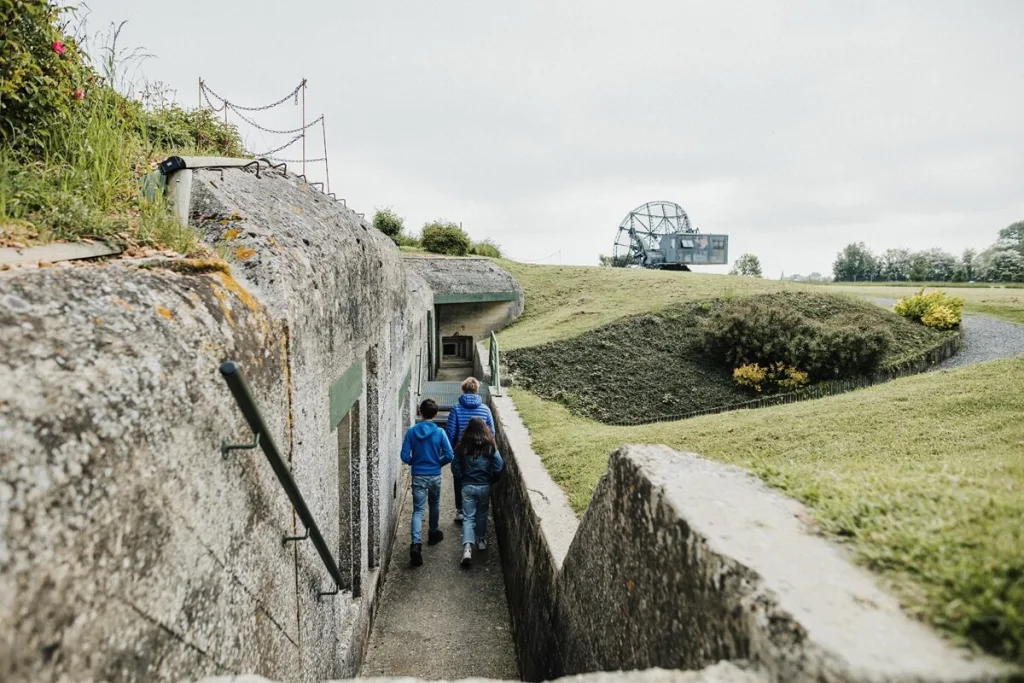
Credit : Léo et Coraline
If you drop into one of our tourist offices, we can provide you with tourist information, practical guides and maps for visiting the sites and museums in the Battle of Normandy area.
Depending on your wishes, your budget and your pace, our tourist advisors will help you organise your tour.
From spring 2024, the Explore Normandy Pass (a digital educational tool) will be your travelling companion as you discover the history of the Second World War.
Brochure on the sites and museums of the Battle of Normandy :
Brochure available for free in English at tourist offices.
